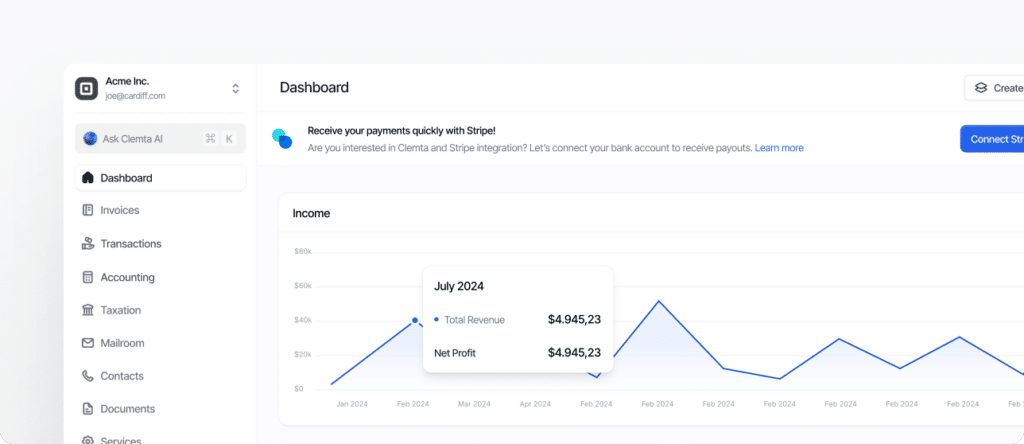A trademark application basis in which the applicant declares that they have a genuine plan to use the mark in commerce in the near future, but have not yet started selling goods or services under that mark.
What is an Intent to Use (ITU)?
In U.S. trademark law, an “Intent to Use” (ITU) application allows a business to secure trademark rights before it actually starts selling goods or services under that mark. This is especially useful for startups, upcoming product launches, or rebrands, as it locks in the priority date while the applicant prepares for commercial activity.
When filing under ITU, the applicant must provide a sworn statement of bona fide intent to use the mark in commerce for the goods or services listed. The U.S. Patent and Trademark Office (USPTO) reviews and examines the application just like a regular one. If the application is approved, the USPTO issues a Notice of Allowance rather than registering the mark immediately.
At this point, the applicant must submit a Statement of Use, which is a filing that shows proof the trademark is being used in commerce along with a specimen (such as product packaging, labels, or website screenshots). This must be filed within six months of the Notice of Allowance, although applicants can request extensions in six-month increments for up to three years.
The process differs from a “use in commerce” filing because the application is split into two phases:
- Application and examination to secure the filing date and priority.
- Proof of use stage after approval, which is required before the mark is registered.
For non-U.S. founders entering the U.S. market, ITU filings can reserve a trademark before launch, ensuring brand protection while navigating importation, marketing, or compliance preparations.

